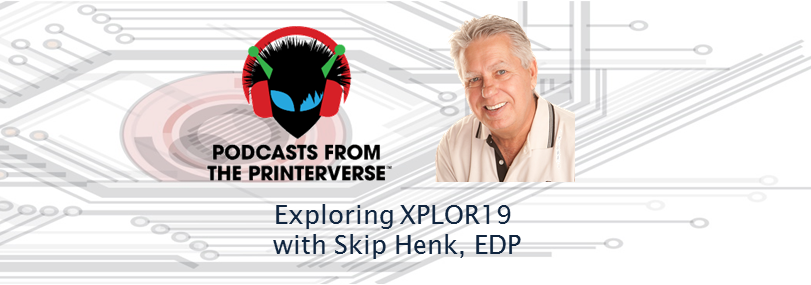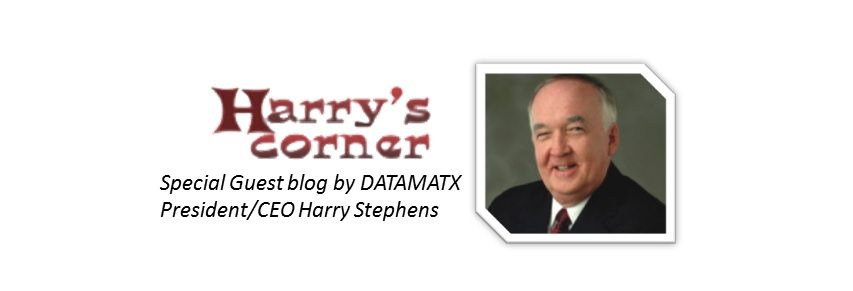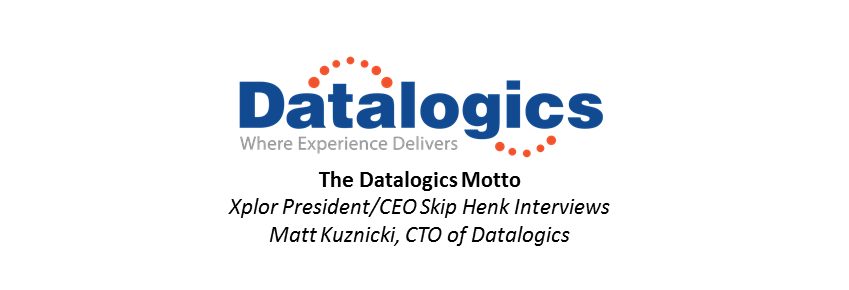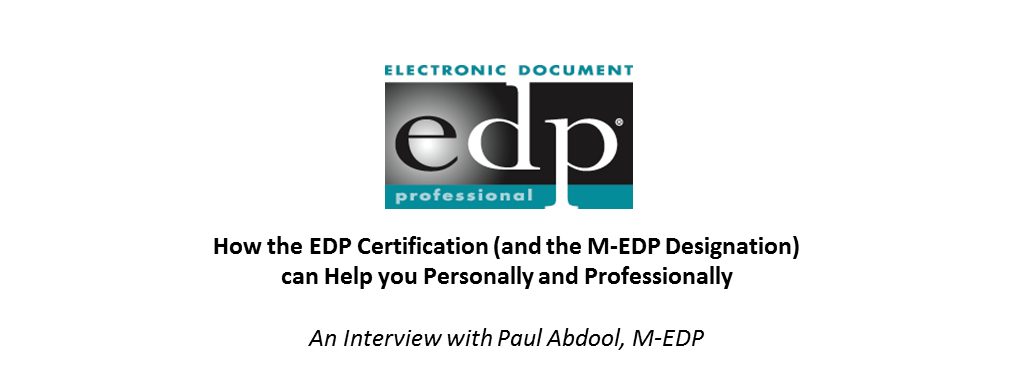
by Skip Henk | Aug 8, 2019 | Blog Frontpage, Skip's World
Scott Draeger, Vice President of Customer Transformation at Quadient has been a huge proponent of industry certification, he himself a designated Master Electronic Document Professional (M-EDP). Over the last several years, Quadient has invested both time and...

by Skip Henk | Mar 25, 2019 | Blog Frontpage, Skip's World
Submitted by: Skip Henk, EDPI had the opportunity to spend time with one of my favorite people, Deborah Corn, the Intergalactic Ambassador to The Printerverse at Print Media Centr. We had a great discussion about this year’s XPLOR19 event, our partnerships with both...

by Skip Henk | Apr 26, 2018 | Blog Frontpage, XPLOR
Submitted by Harry Stephens, President/CEO of DATAMATX April 26, 2018 It’s been over a decade since I wrote a column titled “The Speed of Change.” In it, I discussed how technology was completely changing our relationship with time, which in turn, was changing our...

by Skip Henk | Aug 22, 2017 | Blog Frontpage, Skip's World
Xplor President/CEO Skip Henk Interviews Matt Kuznicki, CTO of Datalogics Datalogics is relatively new to the Xplor world, exhibiting for the first time at Xploration 17 earlier this year. That said, I reached out to Datalogics’ Chief Technology Officer, Matt...

by Skip Henk | Jul 19, 2017 | Blog Frontpage, Skip's World
An Interview with Paul Abdool, M-EDP, Student Advocate and Student for Life By: Skip Henk, EDP – CEO of Xplor International I had a conversation with Paul recently who shared an interesting story regarding his EDP designation that I asked if he would share with...

by Skip Henk | Jun 19, 2017 | Blog Frontpage, XPLOR
Submitted by Harry Stephens, President/CEO of DATAMATX June 19, 2017 In my experience, few things are more true than the fact that knowing you need to do something—and then actually doing it—are two very different things. There is perhaps no better example of this...






